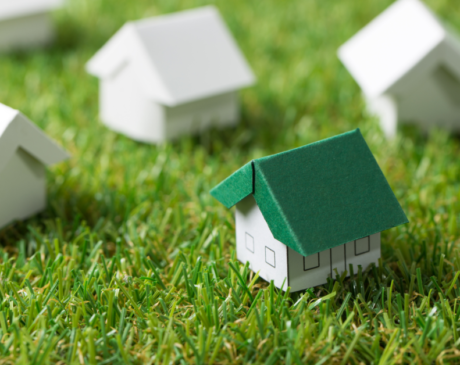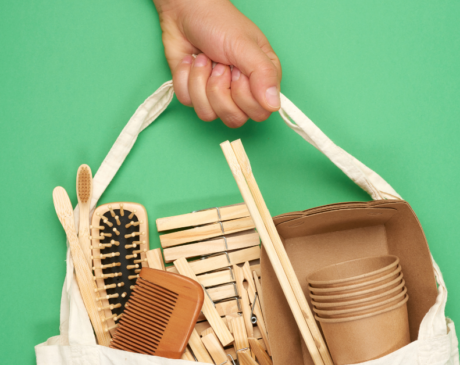Key Components for a DIY Sustainable House
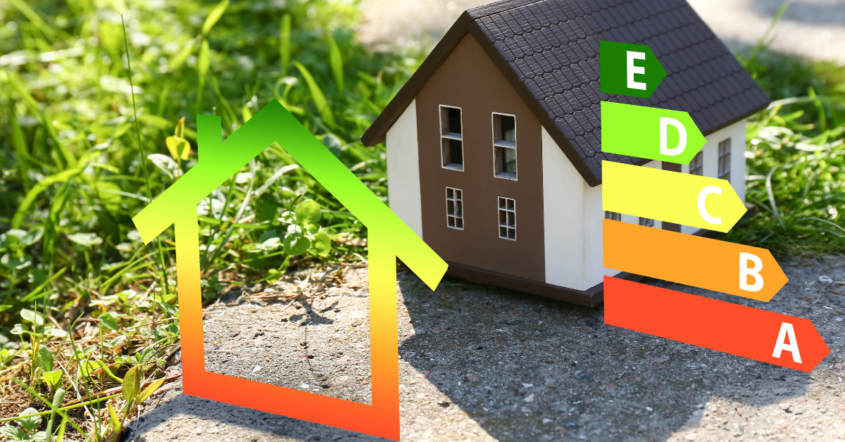
Perhaps you’ve grown weary of grappling with the housing crisis and have invested in an economical off-grid plot to construct your homestead. Or maybe you’re a homeowner with a piece of land and have resolved to challenge your DIY skills to the fullest. Your objective? To construct a sustainable house reminiscent of something out of “Grizzly Adams,” but with a contemporary touch and fewer encounters with bears.
The methods of construction, as well as your choices of materials and desired features, may vary. Nonetheless, all eco-friendly homes share specific common traits. Here are the five key components to consider when building your DIY sustainable house.
First Key Component: Energy
When it comes to powering your DIY sustainable house, energy is a vital consideration, especially for climate control. However, you don’t have to remain entirely dependent on the conventional grid.
While technically, you could get by with just a wood stove and candlelight, it would likely diminish your overall home experience. Moreover, such an approach might make permanent residency impractical unless you’re willing to completely detach from modern conveniences, relying on self-sufficiency by growing your own food, hunting, and crafting clothing from fur and wool.
The optimal choice for powering your DIY sustainable house is solar energy. Nevertheless, depending on the size of your home, a typical rooftop solar panel setup may not suffice. A standard tiny house roof, for instance, can only accommodate two panels, producing approximately 600 watts of electricity. However, to maintain comfort, ample lighting, and power your appliances, you’ll require a minimum of 4,000 watts of energy.
So, what’s the solution? Consider installing a separate solar panel array elsewhere on your property. This unconventional arrangement offers unexpected advantages. It allows you to take advantage of the sunniest spots on your land and simplifies panel maintenance, particularly during the winter months. No more climbing on rooftops to clear snow from your power source; it’s easily accessible at ground level.
Depending on your property’s location, you might explore harnessing wind or water as alternative power sources for your DIY sustainable house. If your land borders a river, a high-quality micro hydropower system can generate up to 100 watts, sufficient for powering many small appliances, such as computers and charging cell phones.
Alternatively, a wind turbine presents another option, but it’s essential to check local regulations, as some may specify minimum and maximum height restrictions, among other considerations.
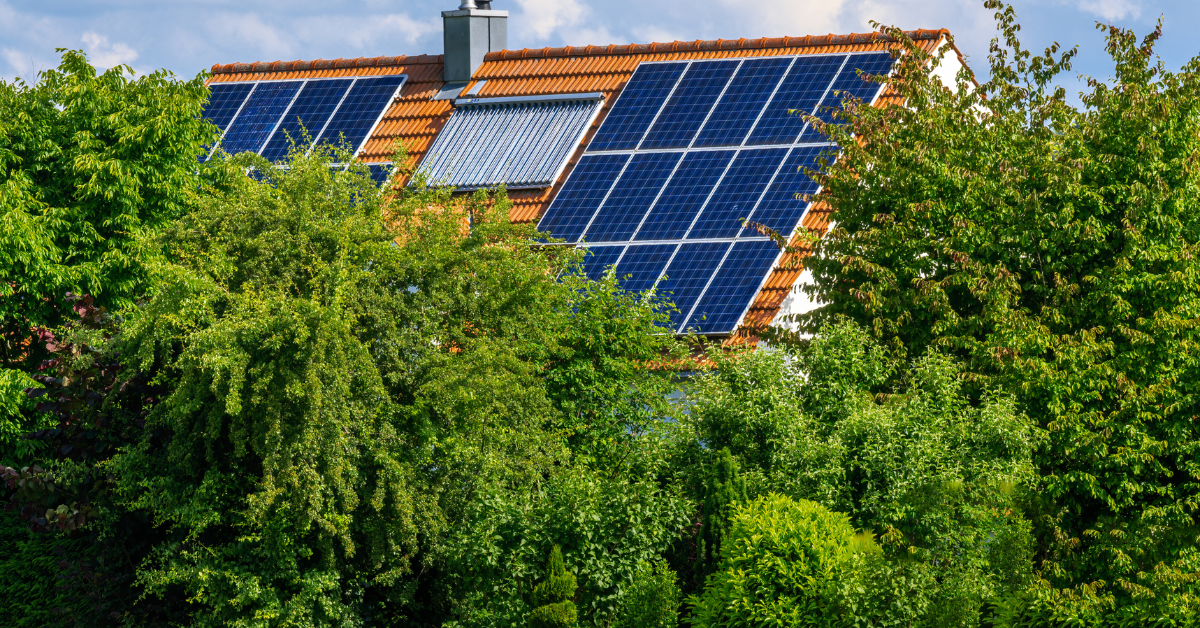
Second Key Component: Water Supply
Your next priority is to establish a reliable water supply for your DIY sustainable house. Water is essential not only for drinking and cooking but also for everyday washing and bathing needs. If you choose a traditional flushing toilet instead of a compostable one, you’ll also require water to flush away your wastewater.
If you happen to have a running stream on your property, you’re fortunate. However, pristine water sources on parcels are relatively rare. To ensure your water is free from harmful microorganisms, you’ll need to install a prefilter and softener.
Another viable option is to drill a well. Here’s where you might encounter a significant expense, with costs ranging from $25 to $65 per square foot. In some areas, reaching groundwater might necessitate drilling to considerable depths, potentially leading to expenses exceeding $15,000, particularly in arid regions where drought concerns persist.
Lastly, you can explore rainwater collection as an alternative. In most jurisdictions, this practice is permissible, but it’s crucial to check your local ordinances to confirm whether any legal restrictions apply.
Third Key Component: Food Sustainability
Now, let’s turn our attention to food sustainability for your DIY sustainable house because, well, you need to eat!
You might consider cultivating a garden, setting up a greenhouse, or even both. The good news is that staying eco-friendly is quite achievable by repurposing materials, like using used patio doors to create a space for nurturing seedlings and maintaining a year-round supply of fresh lettuce.
Waste not, want not – don’t let those food scraps go to waste. You’ll require natural fertilizers for your crops, so building a compost bin is a wise move. Your discarded apple cores and banana peels will eventually transform into a nutrient-rich mulch, ideal for nurturing your garden.
It’s entirely possible to sustain yourself on a fully plant-based diet, eliminating the need to raise livestock. However, if you’re up for it, chickens can be relatively low-maintenance companions, and you might find enjoyment in their entertaining antics.
Plus, their eggs serve as an excellent source of lean protein. The best part? You don’t need a rooster crowing at dawn to have them lay eggs. In fact, managing without the early-morning cock-a-doodle-doo can be more straightforward, especially since homesteads with both genders typically collect eggs daily and keep them refrigerated to prevent any accidental chick hatching – unless that’s your intention.
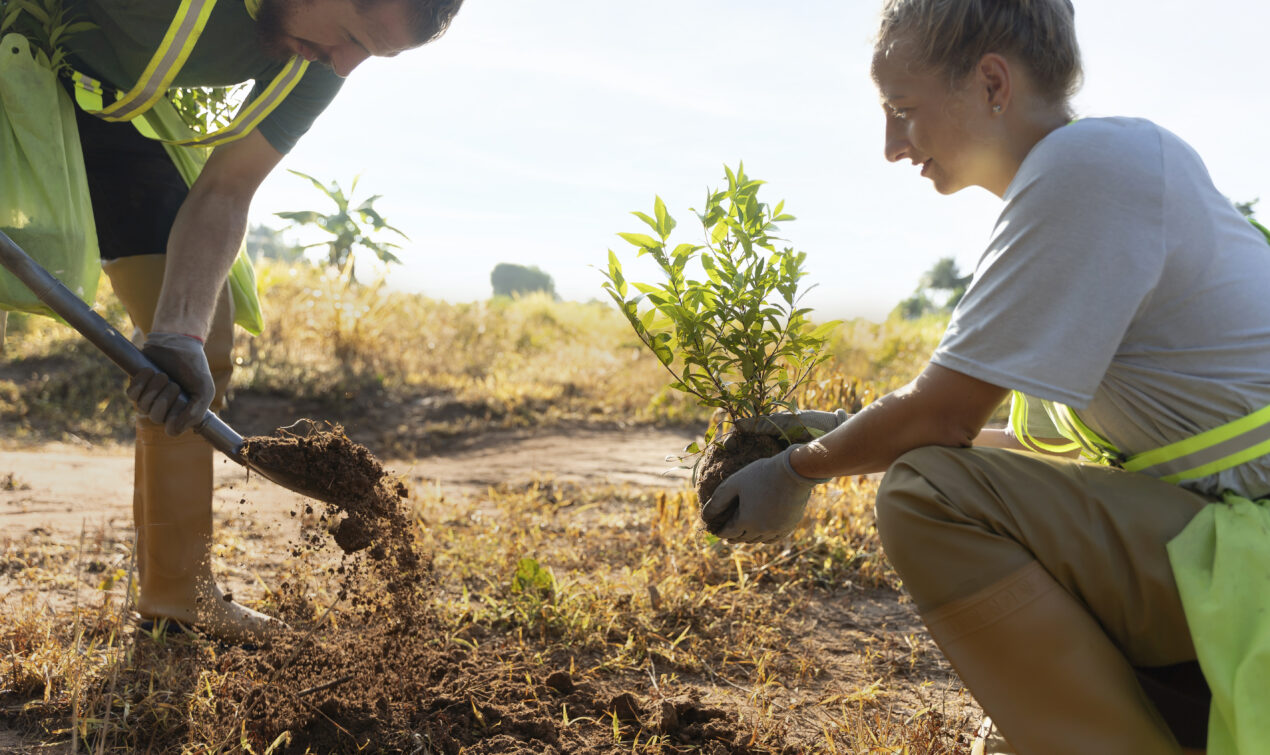
Fourth Key Component: Connectivity
In today’s modern world, internet connectivity is a necessity for many tasks that were once handled via phone or in-person. These days, it’s increasingly rare for post offices to stock income tax forms, as most people file online.
You have various options for internet connectivity. One possibility is to use broadband cellular with a hotspot, although this might come with occasional lag and slow speeds.
Many individuals opt for satellite internet, although it can experience disruptions during extreme weather conditions.
Low-altitude satellite services like Starlink may occasionally encounter interference issues, especially if you’re situated near mountains. Your best approach would be to consult with nearby neighbors to determine the most effective solution based on their experiences.
Fifth Key Component: Waste Management
Last but not least, waste disposal is a crucial consideration. At the very least, you’ll need a solution for restroom waste. To conserve water, consider investing in a composting toilet.
While concerns about odor and contamination often arise, the microbial activity within these toilets effectively breaks down any disease-causing germs. With proper maintenance, you can virtually eliminate any unpleasant smells.
Your compost bin should handle most of your food scraps, except for meat. Store the remaining waste until you can transport it to an appropriate waste disposal and recycling facility. While burning trash might seem like a solution, it’s best avoided. Some materials release harmful chemicals into the air when burned, which goes against the principles of sustainability.
Key Elements of a DIY Sustainable House
Whether you’re embarking on an off-grid adventure or starting an ambitious DIY building project, creating a sustainable house is achievable with a bit of knowledge and effort.
These five elements, although adaptable to various architectural styles and sizes, are fundamental to every DIY sustainable house. Keep these factors in mind as you plan how to make the most of your property.

